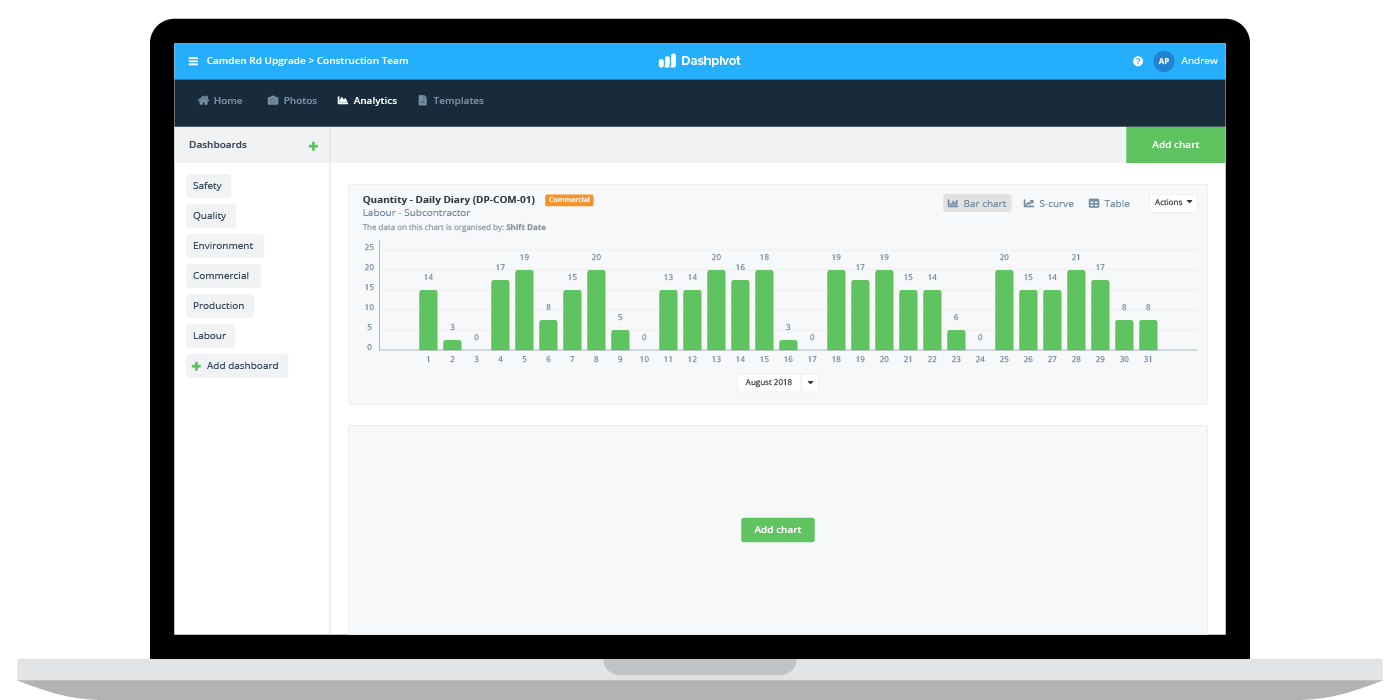Budget at completion formula

Estimate at completion formula
What do we use the estimate at completion formula for?
Projects can be very complicated, with hundreds or thousands of moving pieces and interacting forces and parties. Not only this, but many of these forces are acting outside of a company or organisation's control.
Companies in project-based industries like construction, oil and gas and mining work very hard to establish really strong estimating and budgeting controls, building in past experiences and discrepancies for expected and unexpected issues.
But even the very best estimates, schedules and budgets can become quickly wrong or irrelevant when there are disruptions or shocks to the project. These shocks can be simple things like unseasonal weather, or things of a more unexpected nature like terrorism or civil issues.
Because of all of the possible and often experienced disruptions to an original project budget and schedule, project managers have to create measures which enable them to regularly update their original forecasts and re-base their predictions.
The right knowledge and information can enable a project manager and company to course correct when unexpected events occur, which can bring a project back on budget and back on schedule - or at least mitigate the damage.
One of the most relied upon formulas and tools for better understanding a project budget is estimate at completion. Estimate at completion in project management forms one of the pillars of earned value management.
Estimate at completion is the most recent forecast of the cost of a project, which is calculated after the project has begun to 'update' the original budget forecast or budget at completion.
The estimate at completion formula
Although this article is called the estimate at completion formula, there are in fact a few formulas for calculating estimate at completion. Which formula you choose to use will depend on how the project is tracking, how many variations there have been to date, and whether or not there are more expected variations for the rest of the project.
The most basic estimate at completion formula requires simply adding your actual costs incurred so far to the estimate to complete. Your estimate to complete will be derived from your original budget forecast, with the remaining amount of time equating to the remaining spend.
EAC = Actual costs (AC) + Estimate to complete
The next 'level up' on the scale detail in your estimate at completion calculations will involve pulling in your current earned value calculation.
This formula also includes your actual costs, which is critical to making the formulas as useful as possible. The main reason for using this formula is if the project has or had encountered a unique or one-time variance which isn't expected to happen over the remaining time of the project.
EAC = Actual costs (AC) + Budget at completion (BAC) - Earned value (EV)
In the case that your project has incurred and is expected to continue incurring project delays or budget issues, your estimate at completion formula should involve an index - which bakes the same level of delay or issue into the rest of the project too. This is a realistic way of re-basing the project budget in accordance to how it's tracking so far.
To understand more about the cost performance index, you can read more about it here.
EAC = Budget at completion (BAC) / Cost performance index (CPI)
And finally, we can introduce one more layer of complexity and accuracy into our above estimate at completion formula by combining the schedule performance index into the equation.
EAC = AC + (BAC - EV) / (CPI*SPI)
Which estimate at completion formula you choose will depend on the current status of the project, how the project is expected to continue playing out, and the needs and desires of other project parties including the client.
If your client wants as accurate an estimate at completion as possible, you will want to give them as accurate a prediction as possible.
A 'real-life' application of estimate at completion
We have provided you with a bunch of good information and links out to other articles which will help you round out your understanding of the different components of any estimate at completion formula calculation.
But let's take a look at one of the above estimate at completion formulas to better understand what the real application of this formula would or does look like.
The circumstances of this estimate at completion are that the project has experienced some deviations away from the original budget forecast, and these changes are expected to continue throughout the project. In this case, labour shortages and productivity issues have plagued production and resulted in schedule issues and budget overruns - and there is no ending in sight for this project.
The original budget at completion was $10,000,000
The actual costs to date are $6,000,000
The planned value of the project is 50% of $10,000,000 = $5,000,000
The earned value of the project is 45% of $10,000,000 = $4,500,000
To use our desired estimate at completion (EAC) formula, we need to calculate our cost performance index (CPI) first.
We can easily do this using our above information:
CPI = EV/AC = 4,500,000/6,000,000 = 0.75
Our above CPI is less than 1, which means we are performing below the cost performance we were expecting, which doesn't bode well for our estimate at completion.
We can now take the above number and place it in our estimate at completion formula:
EAC = BAC/CPI = 10,000,000/0.75 = $13,333,333
The above answer of $13 million shows us that if our cost performance continues throughout the course of a project, then we will likely end about $3 million over our initial budget - which is not good - but better than planning to end at $10 million, raising the funds for $10 million, and then not being able to deliver.
With this information, we may also look for ways to close this budget and/or schedule gap, and work the contractor, client or other parties to make sure the project is delivered well.
The project delivery mindset
Project planning is a critical part of project management in many industries including construction. In these industries, companies sign contracts and submit tenders based on their plans and projections - so they need to be good.
But many of these same companies fall short when it comes to tracking what's happening once a project begins, and giving themselves and others the information they need to make good project decisions.
One of the reasons that many companies aren't maintaining their same level of attention and detail to project delivery as project planning is because of the way they track projects once the begin.
Many of the companies still rely on non real-time sources of information which aren't connected to project delivery. They use paper, PDFs and emails to keep track of what's happening, which slows down communication and increase information delays.
Even when this information gets to its desired person or location, it often needs to be transferred to a spreadsheet or sent to another person, which increases the chance of information errors and other issues.
Companies who are beginning to get project delivery under control and make better use of their estimate at completion formulas are those who are taking advantage of real-time technologies. They are enabling field and site workers to track costs and other crucial inputs directly from site, and the project managers get instant access to all of this accurate and organised information - which they can then use to make better estimate at completion forecasts and other project management decisions.

People in 100+ countries use this software to track work in real-time and do better project management from start to finish.
